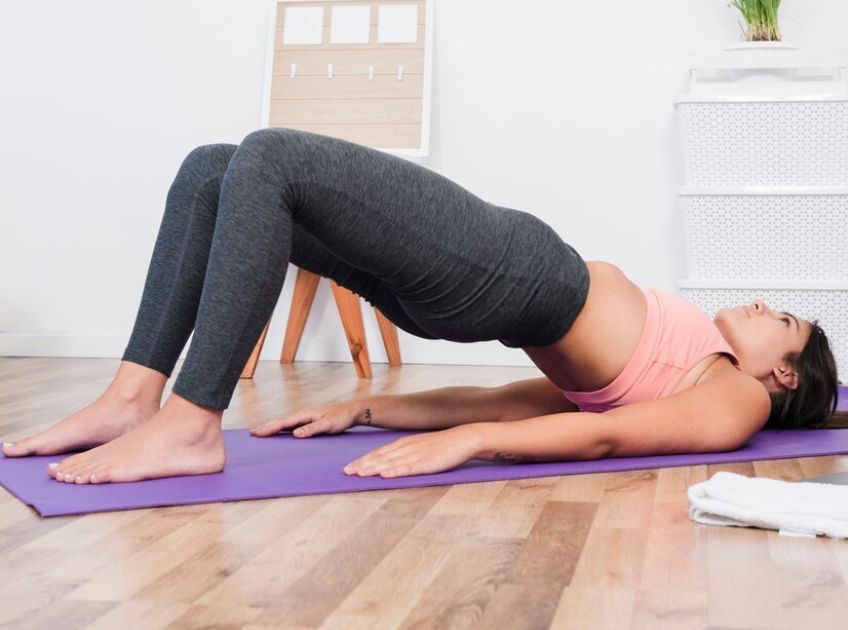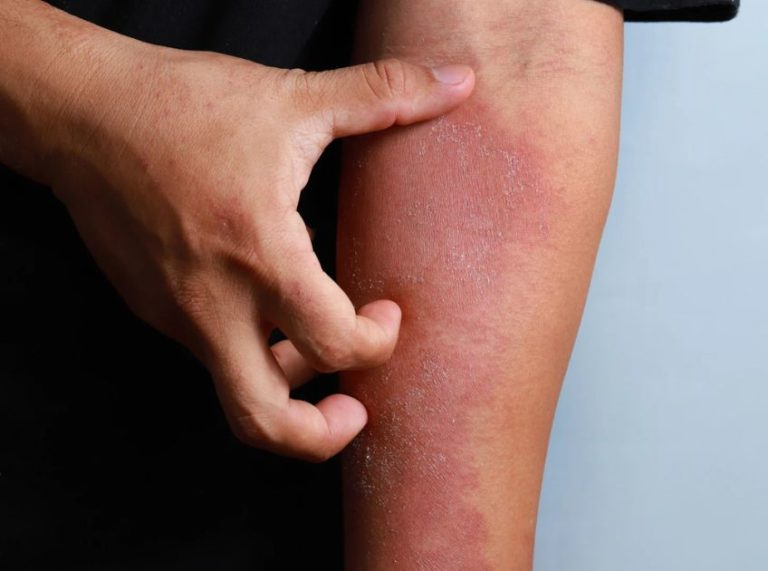
Important: This article is for informational purposes only. Please read our full disclaimer for more details.
Feeling burned out, wired but tired, or emotionally drained? These are telltale signs of elevated cortisol—your body’s primary stress hormone. While cortisol is essential for survival, chronic high levels can disrupt sleep, digestion, immunity, and even mood.
Somatic exercises offer a powerful, natural way to reduce cortisol by targeting the nervous system through movement. These slow, intentional movements reconnect your brain with your body and signal to your system: “You are safe. You can relax.”
This guide explains how somatic movement helps regulate cortisol, shares simple at-home exercises, and includes scientific evidence to back the benefits.
Why Is High Cortisol a Health Concern?
Cortisol is released by the adrenal glands in response to stress, as part of the body’s “fight or flight” system. However, when stress becomes chronic, cortisol stays elevated, which can lead to:
- Sleep disturbances
- Anxiety and irritability
- Weight gain (especially belly fat)
- Weakened immunity
- Fatigue and hormonal imbalances
Studies published in Psychosomatic Medicine and the Journal of Clinical Endocrinology & Metabolism link high cortisol to both mental and physical health decline. That’s where somatic work can be a game-changer (1).
The Somatic Approach: How It Regulates Cortisol
Somatic exercises work through neuromuscular re-education—a process that brings conscious awareness to unconscious muscle tension. By moving slowly and mindfully, somatic movement helps the brain release tight muscles and reset the autonomic nervous system, shifting it from sympathetic (stress) to parasympathetic (rest and repair) dominance.
💡 Scientific Insight
A 2016 study in Frontiers in Human Neuroscience found that slow, mindful movement practices—like somatics and Feldenkrais—can reduce cortisol and improve emotional resilience by enhancing interoception (2).
Another 2020 paper in Neuropsychobiology showed that body-based therapies improved stress hormone balance and reduced HPA axis overactivation—the same stress pathway involved in cortisol release (3).
What Makes Somatic Movement Different?
Unlike traditional exercise, somatic practices aren’t about pushing your limits—they’re about tuning in.
Key features:
- No forceful stretching or repetitive motion
- Focus on internal sensations
- Uses a technique called pandiculation (a natural, conscious contraction and release of muscles)
- Encourages rest and integration between movements
By moving with awareness, you calm the nervous system, which in turn reduces cortisol and its downstream effects.
Top 5 Somatic Exercises to Reduce Cortisol Naturally
Practice these calming somatic movements for 10–20 minutes daily or during stressful moments. Use slow, comfortable movements. Breathe naturally.
1. Arch & Flatten (Reset the Core and Lower Back)
How it helps: Gently activates and releases the spine and core, promoting parasympathetic activation.
How to do
- Lie on your back with knees bent
- Inhale and arch the lower back slightly (pelvis tilts forward)
- Exhale and press lower back gently into the floor
- Repeat slowly for 8–10 rounds
2. Somatic Breathing with Body Scan
How it helps: Combines conscious breathing and body awareness to slow the stress response.
How to do
- Lie or sit comfortably
- Close your eyes and bring attention to your breath
- Inhale for 4 counts, exhale for 6
- As you breathe, scan your body from head to toe, softening each area
3. Shoulder Spirals (Releasing Upper Body Tension)
How it helps: Eases tightness in the neck, jaw, and shoulders—areas that tense during cortisol spikes
How to do
- Sit or lie down
- Imagine drawing slow circles with your shoulders
- Move forward, up, back, and down
- Reverse direction after 30 seconds
4. Pelvic Rocking
How it helps: Grounding movement that releases the hip and lower back, calming the vagus nerve
How to do
- Lie on your back, knees bent
- Slowly rock pelvis forward and back (small motion)
- Synchronize with your breath
- Repeat for 1–2 minutes
5. Leg Slides (Grounding Through Movement)
How it helps: Focused, gentle movement through the legs helps redirect attention from racing thoughts to bodily sensation
How to do
- Lie on your back with knees bent
- Slowly slide one leg out along the floor, then back
- Switch sides, alternating slowly
- Repeat 8–10 times
When to Practice for Maximum Cortisol Relief
- Morning: Sets a calm tone for the day
- Evening: Supports deep, restorative sleep
- After stressful events: Helps discharge built-up tension
- Before bed: Prepares the nervous system to downshift
Bonus Tips to Support Cortisol Balance Naturally
- Hydrate: Dehydration can elevate cortisol
- Cut caffeine late in the day
- Practice gentle daily movement (walks, stretching, somatics)
- Prioritize sleep—aim for 7–9 hours
- Mind your breath: Use 4-6-8 or box breathing for added calm
- Reduce screen time at night—blue light disrupts cortisol’s rhythm
Frequently Asked Questions (FAQ’S)
Q1: Can somatic exercises replace other forms of stress relief like meditation or therapy?
A. Somatic movement complements, not replaces, practices like therapy or meditation. It works through the body, making it ideal for people who struggle to relax with mental techniques alone.
Q2: How long until I see results with somatic exercises?
A. Some people feel immediate calm, while for others, it takes 1–2 weeks of daily practice to notice shifts. Consistency is key.
Q3: Are there any risks or anyone who should avoid somatic exercises?
A. These movements are gentle and safe for most people. If you have acute injuries, consult a physical therapist before trying new movement patterns.
Final Thoughts
High cortisol can leave you feeling overwhelmed, wired, and disconnected—but your body holds the key to restoration. Somatic exercises offer a powerful, science-backed way to calm your nervous system, release held tension, and return to a state of ease.
Just a few minutes a day can rewire your stress response and restore balance, naturally and gently. When you slow down and listen to your body, healing follows.















